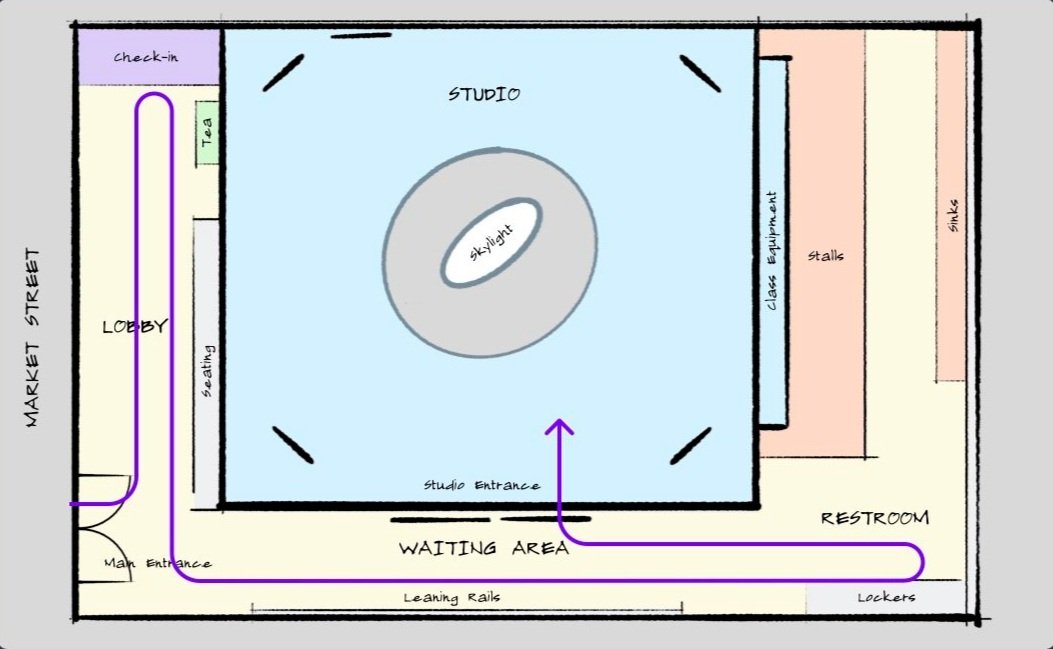Open Studio,
Los Angeles, CA
Problem: O-p-e-n is a meditation studio centered on human connection and holistic well-being through immersive in-person experiences. However, its iOS app fails to reflect this ethos—disrupted by inconsistent branding, fragmented navigation, and visuals that detract from the intended sense of calm and clarity. How might we create a
A digital experience that translates O-p-e-n’s immersive, calming studio atmosphere and reinforces its focus on connection and well-being?
Solution: To bridge the gap between O-p-e-n’s in-person and digital experiences, the team conducted an on-site analysis of user flows, emotional touchpoints, and brand expression. A heuristic evaluation of the iOS app revealed misalignments in design and navigation. Prioritized through cost-benefit analysis, targeted improvements were prototyped and A/B tested to ensure alignment with the brand’s ethos. The resulting redesign simplifies navigation, restores brand consistency, and enhances the app’s capacity to foster calm and connection—bringing the digital experience in line with O-p-e-n’s studio environment.









